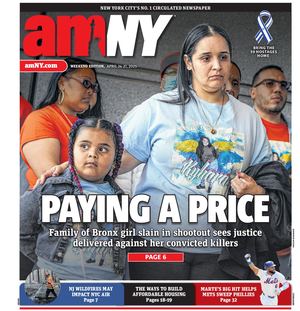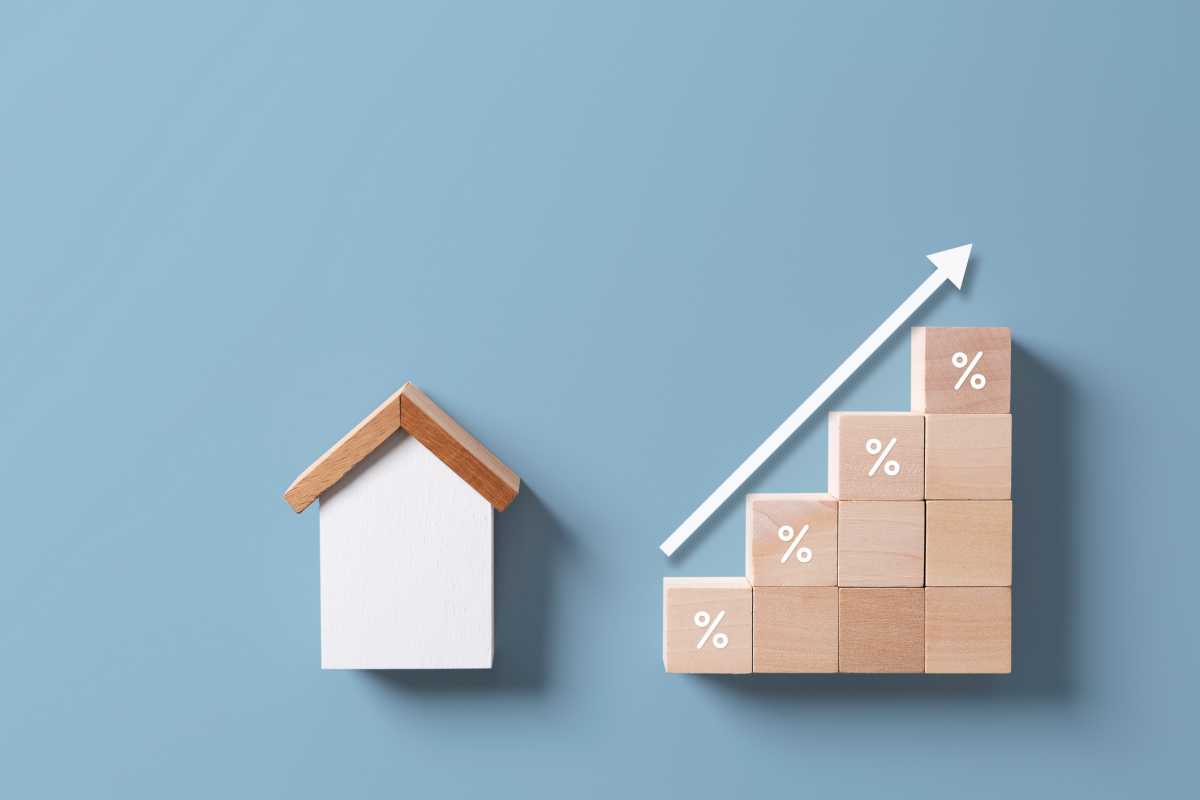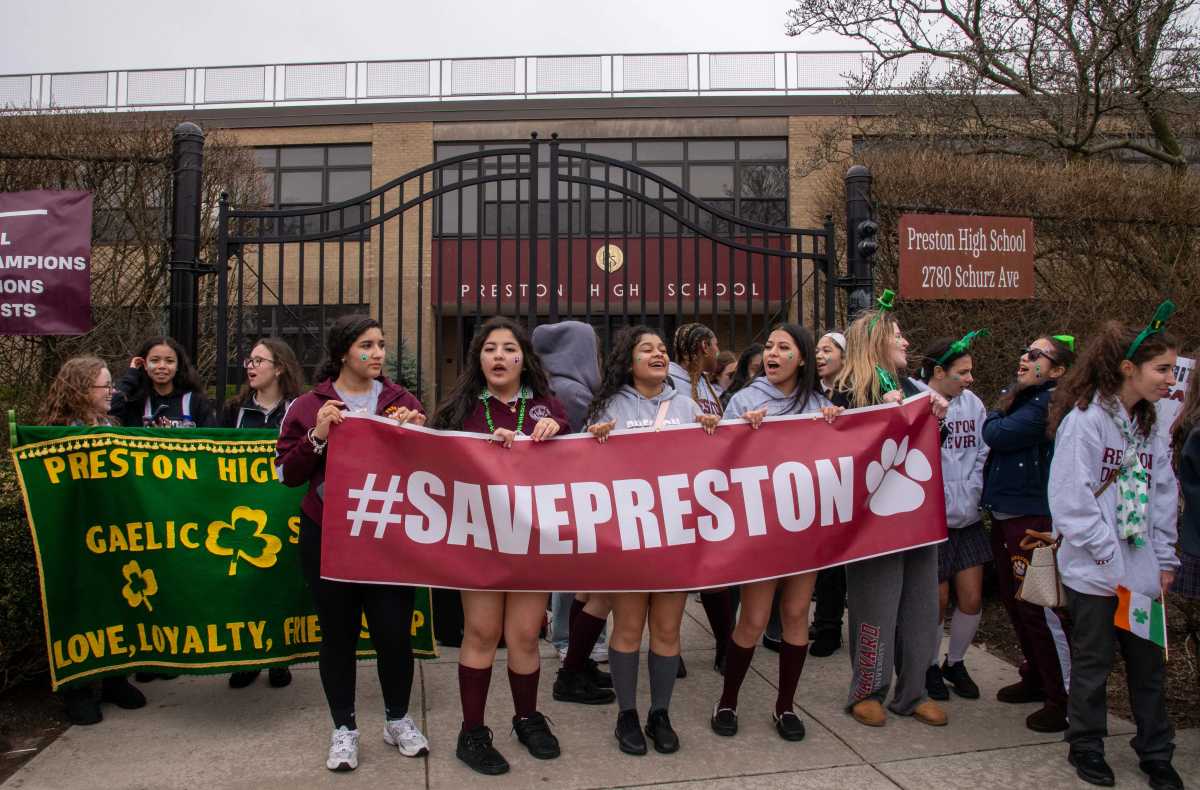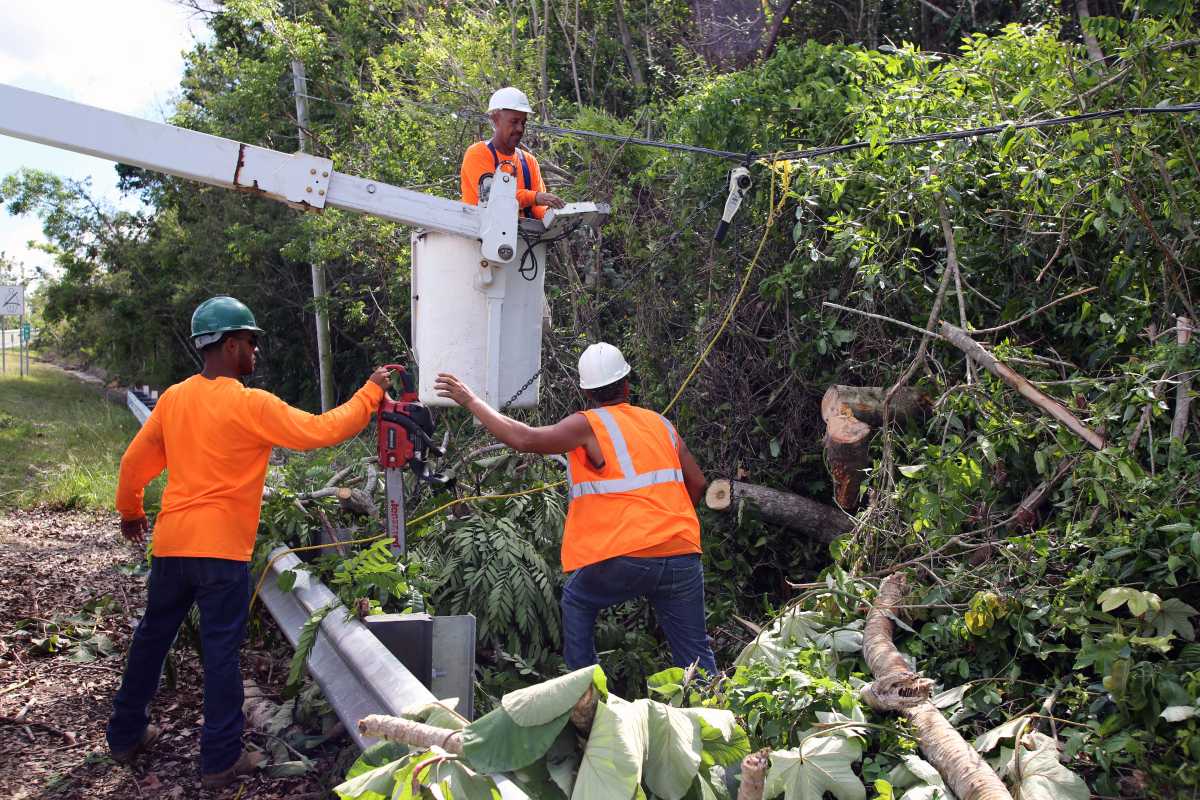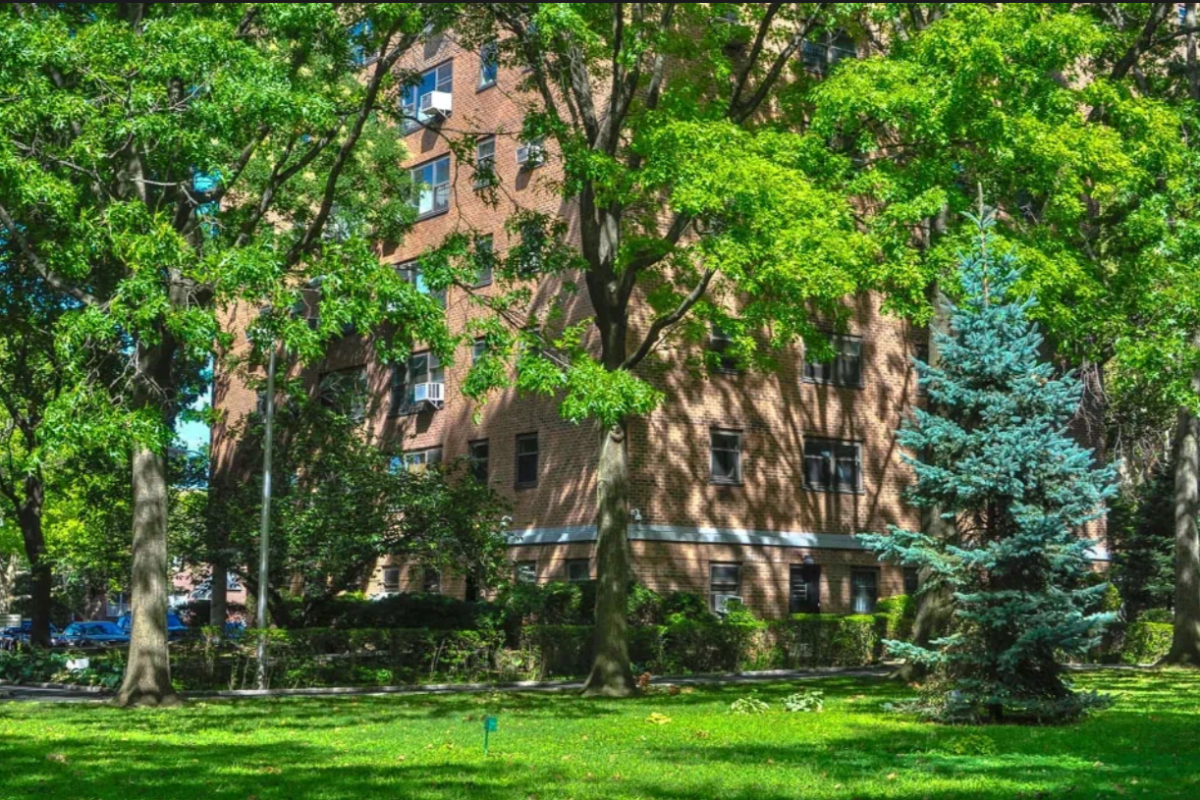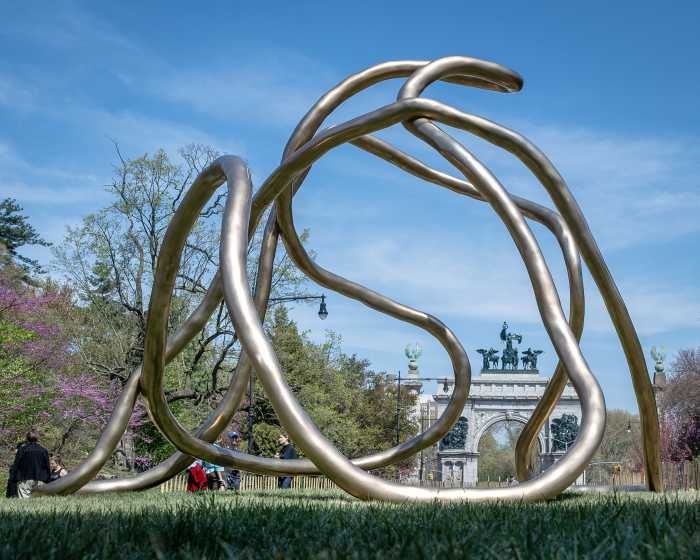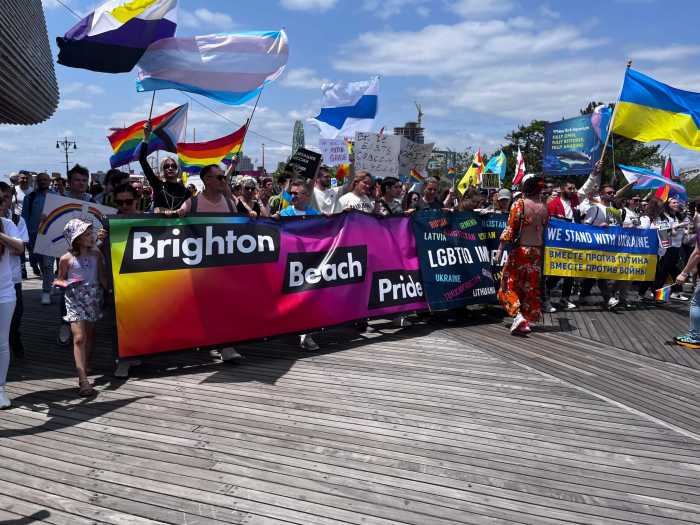
After nearly eight years of construction and many more of planning, the latest addition to the World Trade Center made its formal debut Monday.
Rising 1,079 feet into the sky, 3 World Trade Center is the development’s second tallest tower and the city’s fifth tallest building.
The office hub, which has some retail on the lower floors, has a unique design crafted to complement the Oculus, National September 11 Memorial and other towers on the revamped World Trade Center site, according to Richard Paul, the chief architect of 3 World Trade Center.
“For us, it was about that contextual relationship,” Paul said. “We wanted to respect our neighbors.”
Monday’s opening has been long-anticipated, given that planning started for 3 World Trade Center in 2006 and construction commenced in 2010. Work was put on hold when the developer, Silverstein Properties, could not find an anchor tenant.
Then in late 2013, Group M — a global media investment and advertisement company — signed a lease. The firm has increased its planned footprint in the tower, and when it moves in this July, it will occupy 700,000 square feet over nine floors, Silverstein Properties said.
Currently, the 80-floor tower is 38 percent leased, with companies like the investment group IEX and global management firm McKinsey & Co. slated to move in by the end of 2019, the developer said.
The ground floors of the tower have escalators that connect to the Oculus transit hub, providing convenient access to the PATH, subways and retail, according to Silverstein Properties.
The west side of the lobby contains a wall of windows stretching 62-feet high, which maximizes the sunlight while showcasing views of the memorial.
The building boasts 44 elevators, which are surrounded by LED light displays that change colors throughout the day. Silverstein Properties plans to pick the color schemes based on the time of year — such as green and red during the winter holidays — or to honor special events hosted by tenants, according to Jeremy Moss, an executive vice president at the firm.
“We’ve been listening to the tenants and understanding what they’d like to see in [the lobby],” Moss said. “We wanted to let them have that option for the lights, too.”
The tenants will have greater say in the appearance of floors they rent. The building is encased in all-glass walls and uses a K brace system, where columns are not needed in the interior because the necessary support system is incorporated into the exterior.
“This gives them tremendous flexibility when it comes to space,” Paul said of the tenants.
Paul said his architecture team made sure that all corners of the tower were column free, to give companies an unobstructive panorama of the city.
In particular, he said the views from tower’s three outdoor terraces promise to wow. The 17th floor terrace will be open to the entire building and is expected to include a garden and coffee shop.
Group M will have access to the 60th and 76th floor terraces, the latter of which will be the tallest outdoor terrace in the city, according to Silverstein Properties.
Paul said he is confident more companies will want to set up shop in the tower and be part of downtown Manhattan’s booming community.
“The tenants have enough space to come up with great ideas and create their own culture,” Paul said.
